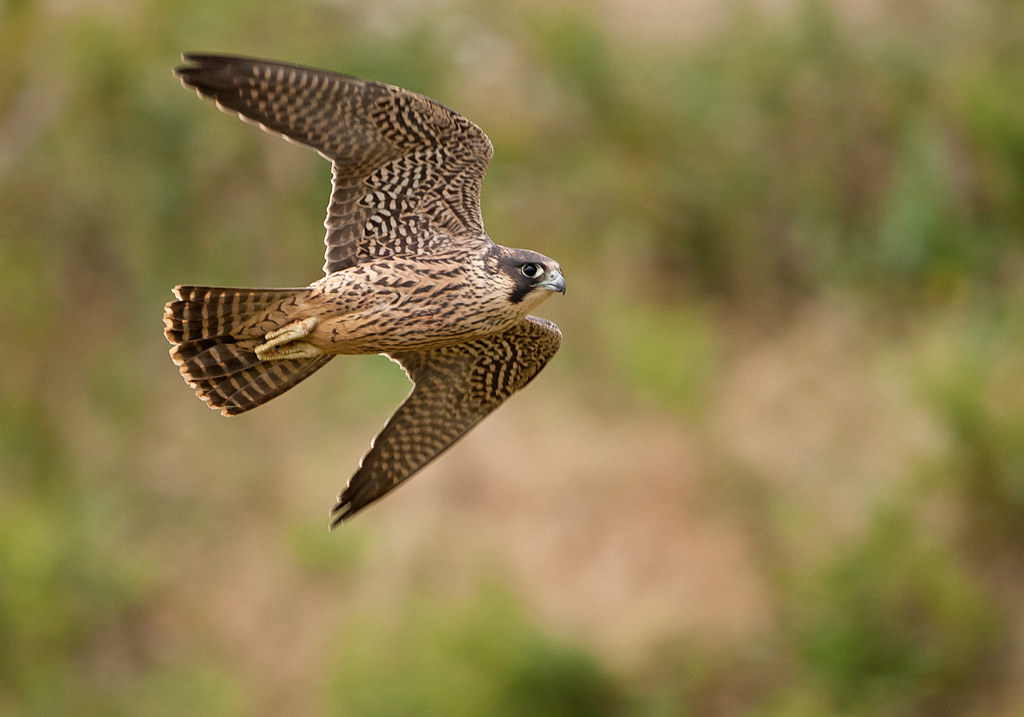Long warm days coupled with lush trees and hedges alive with the sound of birds, plus carpets of bluebells, one of spring's defining moments.
Our tip
Birdsong is really noticeable now, particularly at dawn and dusk, as birds clamour to partner up with mates, stake out their territories and nest. As birds begin to arrive from the continent to stay in the rich feeding grounds of the North York Moors over summer, competition for good nest sites really hots up. Get up early and head to woodland half an hour before dawn – you'll be amazed by what you hear. Also look out for events around International Dawn Chorus Day in May, Ryenats usually hold one and guests are always welcome.
Also look out for:
- The beautiful but nationally declining turtle doves, now on the ‘Red List’ of conservation concern. Mainly found in south eastern England, they are occasionally seen on the southern edges of the National Park, and for the last few years they have occasionally been seen at the feeders at Sutton Bank, drop by and you might get lucky. Turtle doves, often seen in pairs so fondly referred to as the ‘bird of love’, are only around for a short time, usually in late April/May through to mid-August before they migrate. If you see turtle doves – and people have spotted them in their gardens – then let us know, as recording bird sightings and behaviours helps in the battle to save one of our most cherished birds.
- Visit a riverside on a still warm day to see the annual hatch of mayfly, where the insects emerge from the water for the briefest of lives: some have under an hour in which to mate, lay eggs and then die. Watch trout jumping to gorge on them. Swallows swoop in low constantly, along with robins, chaffinches, grey wagtails and dippers, and at dusk bats will take their fill too.
- Over on the coast, it’s breeding time for shore crabs and the female crabs have to moult their shells prior to breeding – so look out for lots of old shells washed up on the shore.
- Head to Wykeham Forest Raptor Viewpoint for a chance to see many different birds of prey. From goshawks with distinctive 'sky dance' courting to common buzzards, kestrel, sparrowhawk, peregrine, red kites and rare honey buzzards, a delight to watch with their curious ‘wing-clapping’ flight displays.
- Watch out for the speedy merlin too flying low over the tops of heather hunting for small birds. Fylingdales Moor Conservation Area leaves stands of mature heather as safe nesting zones for these agile flyers. Follow the Jugger Howe nature trail (pdf) and you may be lucky to catch a fleeting glimpse.
- The North York Moors is the furthest north you’ll find the Duke of Burgundy butterfly, supporting 10% of the UK’s remaining colonies. Find cowslip and primrose growing in an open sunny woodland clearing in a limestone area (in the dales near Hawnby is one such place) and you may spot this rare little orange and brown butterfly.

Walk of the month
It's a quintessential spring experience as carpets of bluebells cover the floor of ancient woodlands, creating a soft, dreamy blue haze. A soothing sight and a heady scent, also drawing in insects looking for food in the nectar rich flowers, a visit to any bluebell wood is a treat.
Take your pick from Riccal Dale, near Helmsley; Newton Wood and Cliff Ridge Wood near Roseberry Topping; Garbutt Wood with its dramatic view over Gormire Lake, near Sutton Bank; and Pretty Wood at Castle Howard and East Moor Banks which can both be enjoyed on a circular walk from Welburn (pdf).
